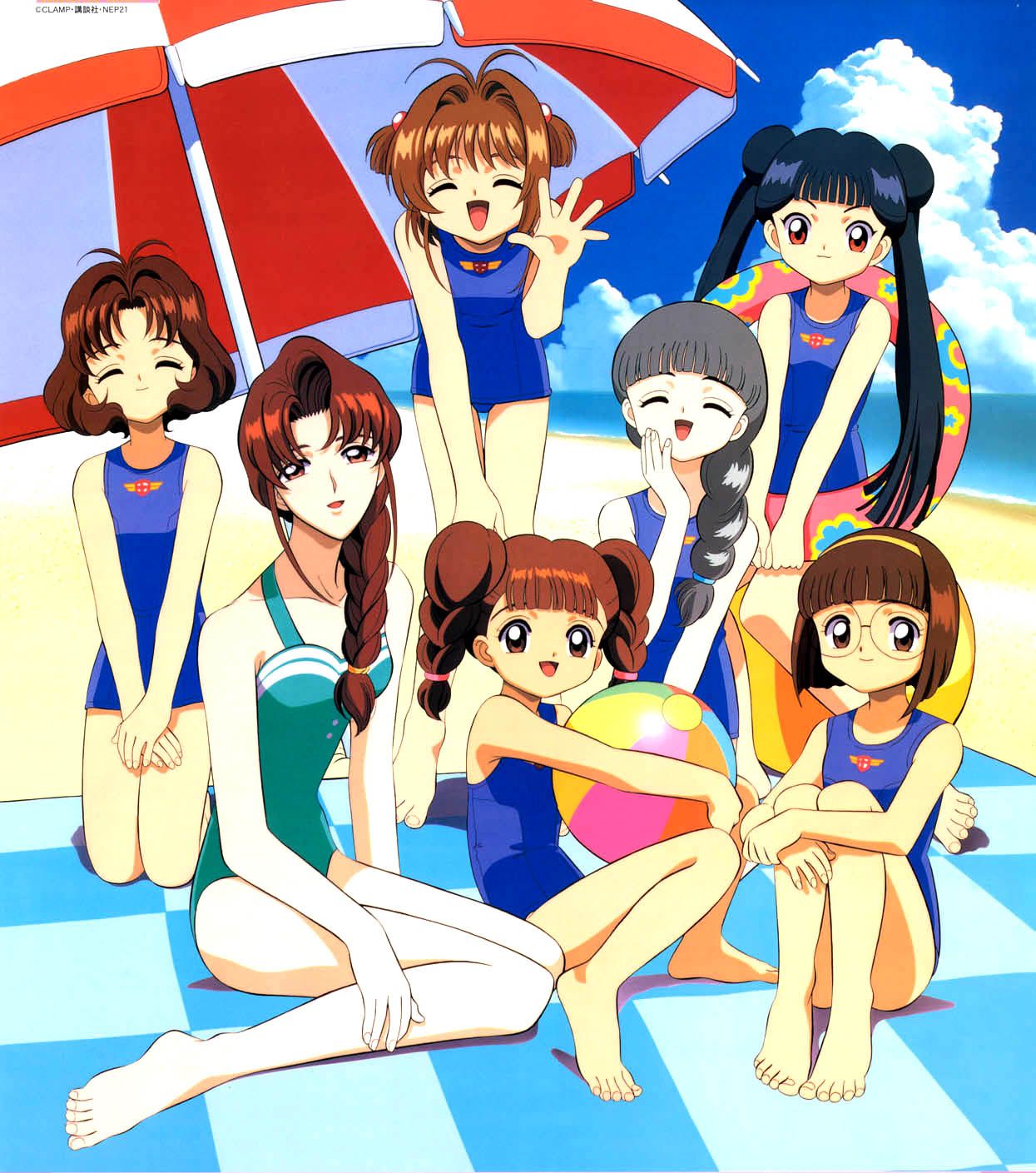
Most Japanese terminology and culture was removed, although it is still implied that it is set in Japan due to the presence of Japanese text and cuisine.

In particular, the strong romance factor in Sakura and Syaoran's relationship was completely removed due to their age. Licensed and distributed by Nelvana and sub-licensed by Ocean Productions, certain relationships and situations were altered or removed due to Western broadcasting standards for young viewers, such as same-sex romance, student-teacher attraction/relationships, and attraction between first cousins (incestuous attraction) were altered to common friendships or removed altogether. The Animax English dub is considered "hilariously bad" by most. Omni Productions created its own English dub for the English Animax channels.
#Card captor movie#
The second movie was still released on DVD by Pioneer Entertainment. The second film, Cardcaptor Sakura Movie 2: The Sealed Card, was dubbed by Bang Zoom! Entertainment with the main differences being alternate voice actors, keeping the original series' name, and unaltered content. The second movie was dubbed by Bang Zoom! Entertainment rather than Nelvana. The Nelvana dub was used in Canada, Australia, and the USA while the Animax dub was used for South-East Asia. The town and school of Tomoeda was renamed to Reedington.Ĭardcaptors was dubbed in English by three different companies for two different regions. Terada", the English equivalent of "Terada-sensei."
#Card captor full#
Kero's full name, however, was changed slightly from "Cerberus" to "Keroberos." (A play on Cerberus and Kero.) Yoshiyuki Terada is referred to as "Mr. Reed, Ruby Moon, Yue, and Kero were the only characters to keep their original names. Nelvana purposefully changed the pronunciation of the name, since many English names have stress on the middle syllable. The pronunciation of her given name changed, as stress is put on the middle syllable ku, while in Japanese, the accent is on sa and the ku is very quick, almost silent. Sakura was originally going to be called "Nikki", but Nelvana kept her given name because of the difficulty and expense of editing out numerous appearances of her name in romaji throughout the series. Touya to Tori) to make characters more relatable to an English-speaking audience. The ending credits used were an instrumental version of the Cardcaptors theme song.Most characters were given English names for the dub, but some retained a similar sounding English name (i.e. The Australian dub, however, received an adaption of both "Catch You Catch Me" and "Platinum" (renamed "I Am a Dreamer"). The Cardcaptors English adaptation replaced the original theme songs with a brand new song created for the series, " Cardcaptors Main Title". In the second season this changes to " Honey" by Chihiro and " FRUITS CANDY" by Megumi Kojima is used for the third season.įor a list full list of soundtracks, see List of Cardcaptor Sakura albums. The first season uses the song " Groovy!" by Komi Hirose for its ending theme. In the third season, the opening changes to " Platinum" (プラチナ, Purachina) by Maaya Sakamoto. The song " Catch You Catch Me", performed by Gumi, is used for the first season opening, " Tobira o Akete" (扉をあけて) by ANZA is used for the second season opening. The anime adaptation uses six pieces of theme music, three opening themes and three ending themes. She is tasked with retrieving those cards in order to avoid an unknown catastrophe from befalling the world, and is thus chosen by Cerberus as the 'Cardcaptor'.
#Card captor series#
The series focuses on eleven-year old Sakura Kinomoto, a fourth grade elementary school student who discovers that she possesses exceptionally strong magical powers after accidentally freeing a set of fifty-two cards' from a magic book in which they had been sealed for years. The series also spawned two feature films. The series was also aired across Japan by the anime satellite television network, Animax, who later broadcast the series across its respective networks worldwide.


The manga creators, CLAMP, were fully involved in the project, with head writer Nanase Ohkawa writing and composing the series' screenplay and Mokona Apapa overseeing the costumes and card designs.ĭirected by Morio Asaka, the series premiered on NHK on Apwhere it ran for seventy episodes until its conclusion on March 21, 2000.


 0 kommentar(er)
0 kommentar(er)
